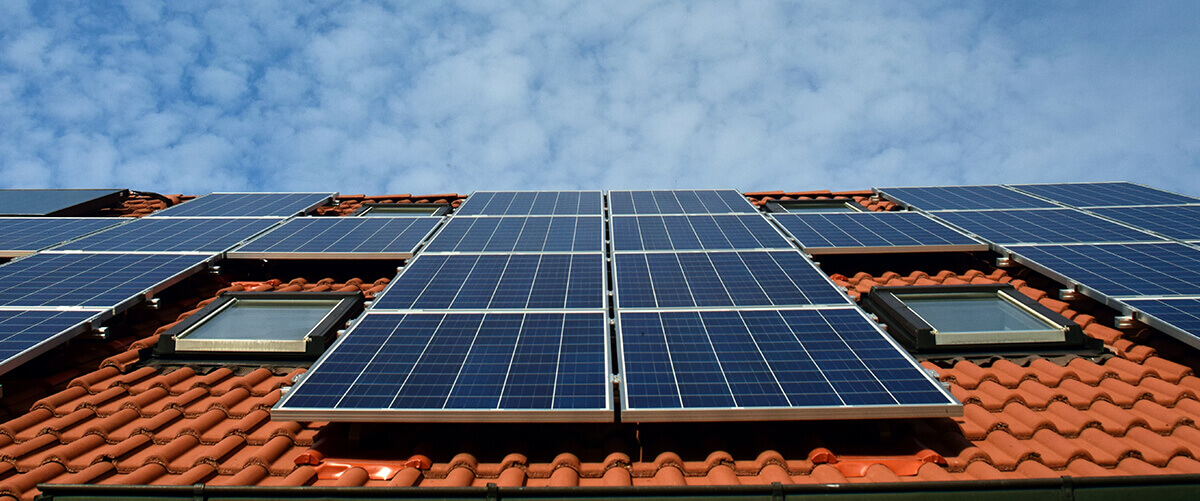There are not many issues around the world that take greater precedence than global warming. A carbon-free future is the future and in the five years since the Paris climate agreement there have been great steps made towards this goal. A big part of this effort is reducing the amount of fossil fuel that is consumed, and converting this to renewable sources of energy like wind, sun, wave and water.
Of these options, solar energy has always been the most popular choice, as it is the most reliable and consistent source of "clean" energy in the world right now. Solar energy has become more available and cheaper over time, but the current solar cells are opaque, which restricts their use to rooftops and solar farms.
There is a product, Building Integrated Photovoltaics (BIPV), a type of glazing that can generate power from solar energy and is used on windows, skylights and sunshades. However, it is not transparent and therefore not suitable for the applications that transparent solar cells are. Similarly, Elon Musk has also created his product "Solar Roof", and proves that solar panels located on a roof do not always have to be an eyesore. Again, they are specifically designed roof tiles and the technology does not have the flexibility that the transparent solar panels do.

Solar panels are usually restricted to the roofs of houses where they can receive the most sunlight possible.
This is where the research conducted by the Department of Electrical Engineering at Incheon National University in Korea comes in. Professor Joondong Kim and his colleagues have recently published a study where they outline their newest invention; solar cells that are completely transparent. The applications of such a technology are practically endless and open up the option to integrate renewable energy into anything that includes glass. Think buildings, windows, and even the screen of your cell phone! Professor Kim stated that "The unique features of transparent photovoltaic cells could have various applications in human technology".
Construction
The concept of transparent solar cells is not a brand new idea that has come to light, but to have a real-world application of this concept is a huge breakthrough. In current technology, the layers of semiconductor that make solar cells opaque. These are the components of the cells that collect light and convert it into electrical current.
Two new semiconductor materials were explored by Professor Kim's team:
Titanium dioxide (TiO2) was already a well known semiconductor material in this field, as it had already been used on a large scale to create solar cells. It has great electrical properties, is non-toxic and is environmentally friendly; a perfect candidate for this new project. TiO2 absorbs UV light (which is a part of the light spectrum that is invisible to human eyes) and allows most of the visible parts of the light spectrum through.
Nickel oxide (NiO) was the other material that was considered by the team at Incheon National University, which is a semiconductor, also known for its high optical transparency. Nickel is one of the most plentiful substances on Earth and can be easily worked at low temperatures. This makes NiO a great candidate for the manufacture of transparent solar cells.
The new solar cell design was constructed from a metal oxide electrode and a glass substrate, each of the two aforementioned semiconductors were laid on top of one another in thin layers (first TiO2, then NiO). The final step was to coat the construction with silver nanowires, which act as the second electrode for the solar cell.

Windows of the future will be able to harness the energy of the sun and reduce our dependence on fossil fuels. Source: Unsplash
Testing
Several tests were then conducted to analyze the new device's performance, its ability to transmit and absorb light, as well as the cell's efficiency and effectiveness.
The results were another encouraging step in the right direction. The cells demonstrated a power conversion efficiency of 2.1%, compared to 15% to 22% efficiency of current solar panels. This is a good figure for the new cells when it is considered that these cells target a relatively small section of the light spectrum. Another important property that these new cells possessed was the ability to work in low-light situations. This is extremely important for solar cells, as it is a common misconception that they must be located in a sun-filled climate in order to work efficiently. It was also found that the cells were highly responsive, more that 57% of the visible light was able to pass through the layers, achieving a, somewhat transparent, effect.
The final stage of testing showed how these solar cells could be used to power small motors. Professor Kim stated that while this technology is still quite new, improvements can still be made to optimize the cells for transparent applications. This will be the aim of this team and many others.
Similar projects
There are several other prototypes being tested in different research facilities around the world with varying results. A team from the University of Michigan have created a carbon-based solar panel that allows 43.3% of light through, but has an impressive efficiency of 8%. These cells have a slight green tint to them, akin to the tint you may see in sunglasses and car windows. They have also tested a model with a silver electrode, with 45.8% transparency and 10.8% efficiency. These however may not be suitable for most applications due to their slightly more prominent green tint.
Conclusion
Time will tell whether the invisible solar cells integrated into windows will become a reality. If so, the solar energy industry will have taken a huge leap forward in pushing the world towards clean sources of energy.
So what do you think of this new technology? I would love to hear your thoughts on these futuristic solar panels in the comments below!

